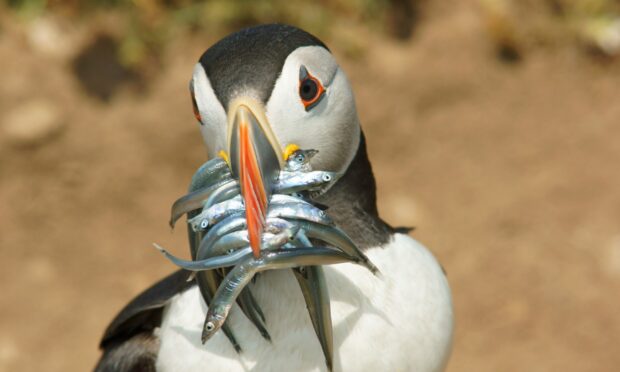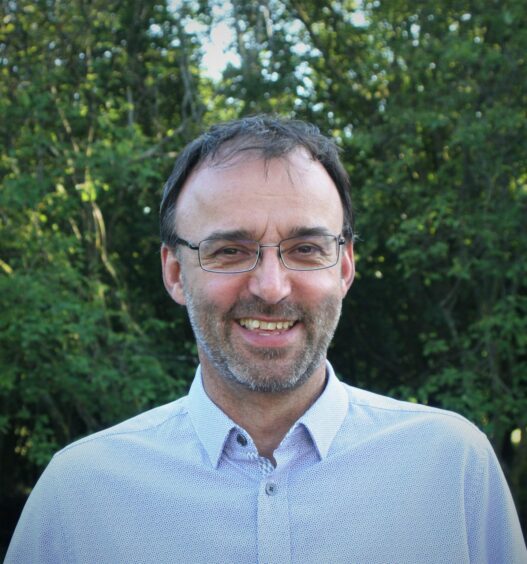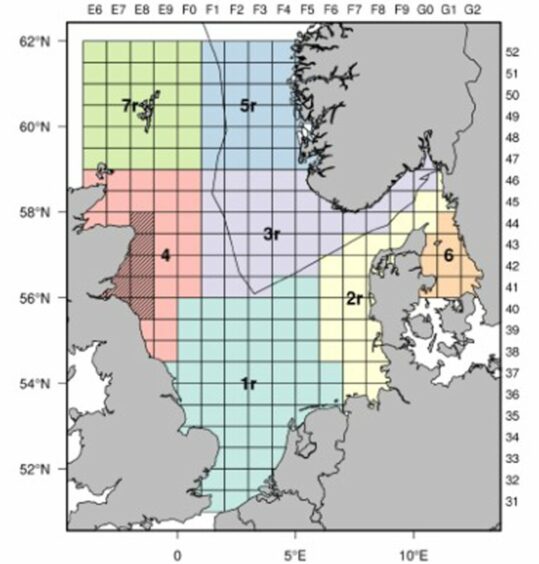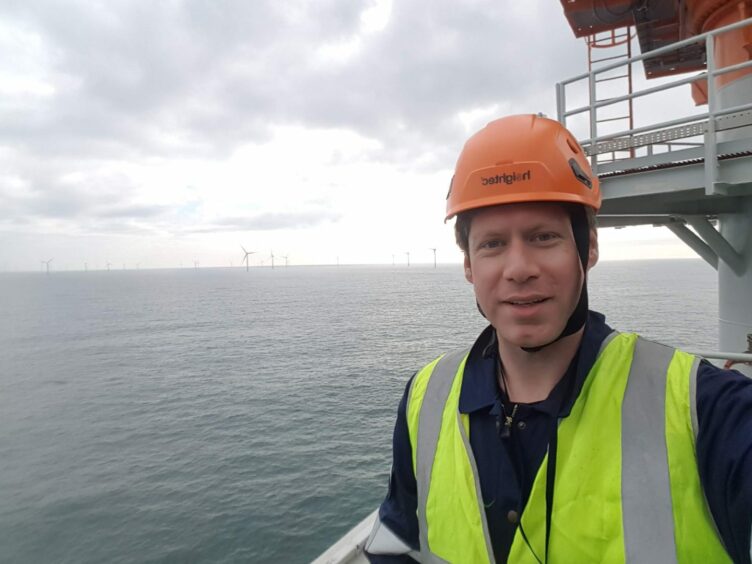One of the world’s largest offshore wind farms is planned off the Fife coast. But what do tiny sand eels have to do with it?
Bosses at SSE Renewables say Berwick Bank offshore wind farm’s 307 turbines will provide enough power for five million homes once they are connected to the grid in 2027.
And SSE development manager Jon Abbatt says sand eels have a huge role to play in delivering this low carbon energy.
But the head of Scotland’s fishing federation says SSE’s “draconian” plans to limit sand eel fishing would create a “double whammy” for the industry.
Turbine threat to seabirds
Offshore wind developments like Berwick Bank off the Fife coast have the potential to harm seabirds in two main ways.
They can force birds such as gannets, kittiwakes and puffins to travel further to find food.
And seabirds can die colliding with turbines.
SSE has already scaled down the wind farm to mitigate the impact on seabirds.
In addition, they have raised the height of the turbine blades to give birds more clearance when flying underneath them.
‘Draconian’ plan?
However, SSE want to go further.
They want to see the whole of an area of the North Sea east of Scotland and northern England, called sand eel area 4, closed to sand eel fishing.
The UK Government closed off a section of this area, including waters off the Fife and Angus coasts, in 2000.
“What we’re proposing is to close the rest of it,” says Jon.
SSE has also mooted a compromise position where sand eel stocks are monitored and harvest rates limited across area 4.
However, the Scottish Fishermen’s Federation (SFF) strongly opposes this idea.
SFF’s chief executive Elspeth Macdonald says: “SSE’s proposal that the fishing industry should pay the price for environmental harm caused by their development is fundamentally unjust.
“Whilst SSE’s proposal of an adaptive management approach is less draconian than what was originally tabled, SFF is strongly opposed to the principle that fisheries management measures are used to offset the environmental impact caused by offshore windfarms.
“On the long-established principle of the polluter pays, it cannot possibly be right for another sector to have to pick up the costs of another industry’s damage.”
Attractive compromise?
SFF describes developments like Berwick Bank as a double whammy to the fishing industry.
Elspeth says there is a combined effect of marine areas being taken up by offshore wind farms and fishing restrictions in surrounding waters.
But Jon says “allowing some form of sustainable fishing” while supporting seabird populations is an “attractive compromise.”
He adds: “It has two impacts. It improves the productivity of the population and it also increases over-winter survival.
“So more birds are surviving over winter because they are better fed over the breeding season, and they’re also producing more chicks.”
Alex Meredith is project director for Berwick Bank.
“We’ve had to, as a company and a project team, really get to understand the ecosystem that we’re working within.
“Understanding how sand eels play a part in that ecosystem has been a fundamental part of our learning through this process.
“What we found is there’s a really strong relationship between the survival and productivity of seabirds if we can do more to protect and enhance the environment for the sand eels.
“It is a really fundamental opportunity to not only address the climate emergency but potentially to do something really positive for the natural environment.”














Conversation